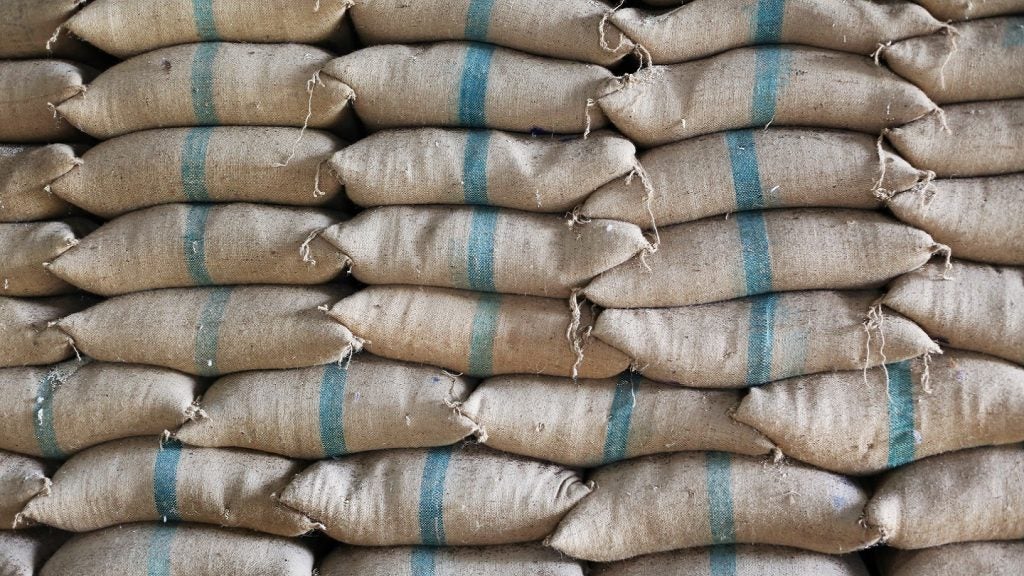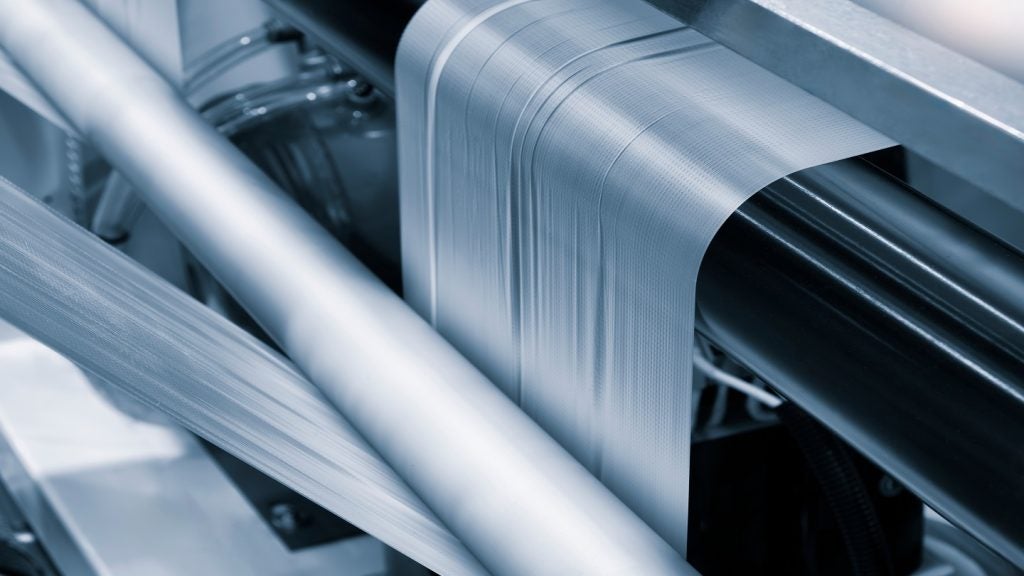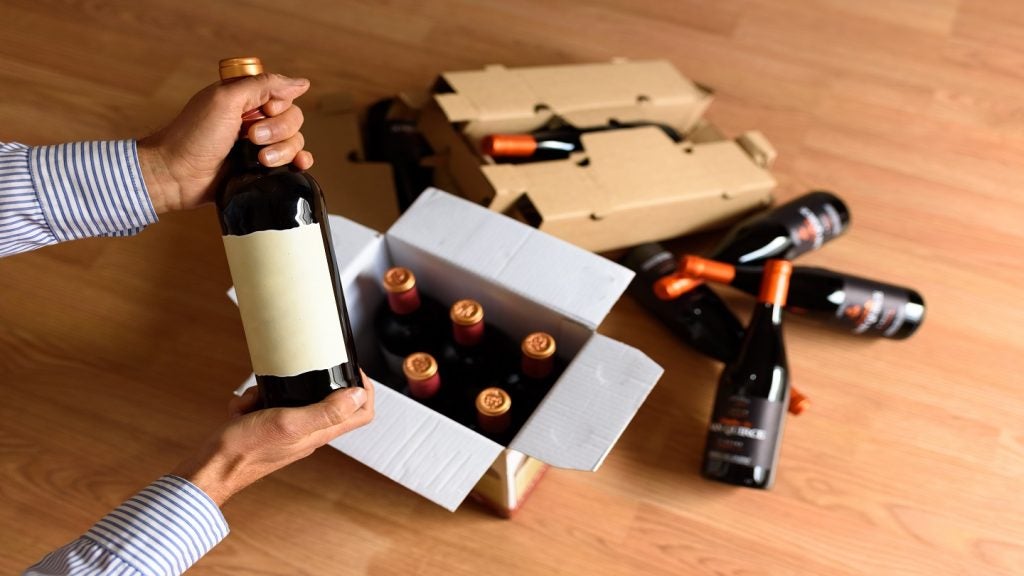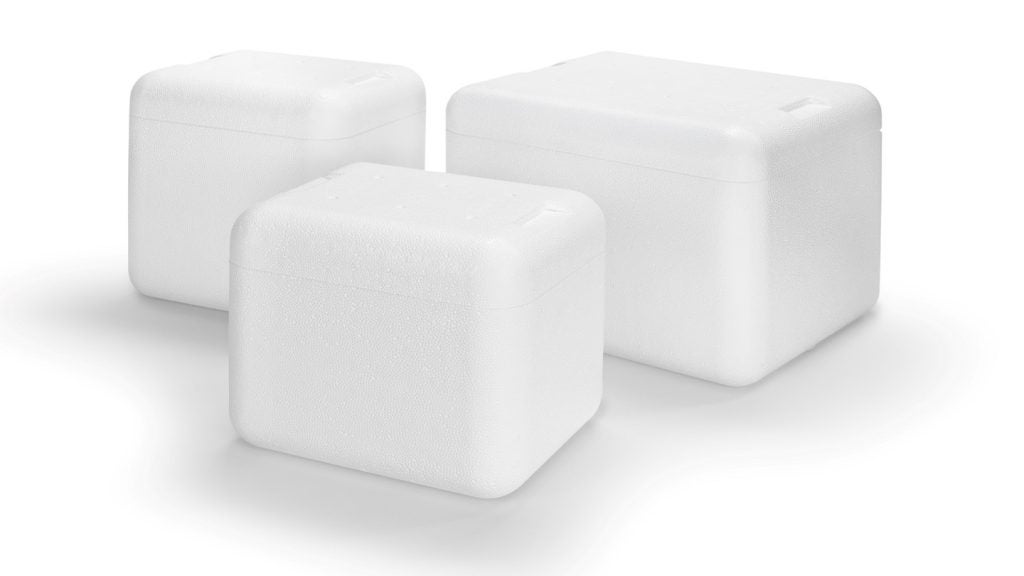India’s Ministry of Textiles has sanctioned a pricing framework that guarantees domestic jute mills an 8.19% return on capital (ROC) for providing jute bags designated for food grain packaging, reported the Press Trust of India (PTI), citing a high-ranking official.
Under this arrangement, national mills are assured a fixed profit margin on their investment, which remains unaffected by the market's input cost volatility.
The Indian Jute Mills Association (IJMA) has indicated that this revised pricing structure will lead to a modest increase in the cost of gunny sacks, estimated at around 4-5%.
IJMA chair Raghavendra Gupta mentioned that the pricing mechanism is subject to various factors and can fluctuate depending on elements such as raw jute costs.
Nonetheless, he anticipates that the overhaul in pricing will present a gain of approximately 4-5% for the mills.
During a trip to the Indian city of Kolkata, Union textiles minister Giriraj Singh highlighted that the new price structure would also positively impact approximately 400,000 workers in jute mills and around four million farming households involved in its cultivation, particularly in West Bengal.
Singh also projected that sales of jute products for the year are expected to surpass Rs140bn ($1.63bn).
Ministry of Textiles jute commissioner Moloy Chandan Chakrabortty was quoted by PTI as saying: "The total benefit impact from the current price revision in sacking bags to mills is estimated to be anywhere between 6-8%, taking into account all aspects of the pricing mechanism.
"The return on capital has shifted to a revised norm of 8.19% under the new framework. Additionally, there have been changes in the return policy, all of which favour the mills.”
However, the country's Office of the Jute Commissioner has a slightly different projection. It predicts that the benefits from the new policy could range from 6% to 8%, factoring in additional adjustments based on recommendations from the Tariff Commission.
The implementation of this pricing policy is set to be backdated to September 2016.












